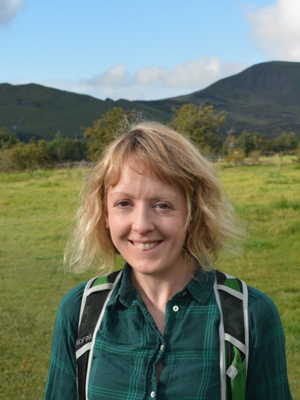The Big Butterfly Count helps conservationists identify those species in the most trouble, and is critical for monitoring populations across the UK. It is particularly crucial as the 2022 survey revealed that 80% of butterfly species found in the UK have declined since the 1970s.
Find out how to take part in the 2023 Big Butterfly Count, and what to look for. All you need is 15 minutes, a notepad and a shady spot.
Learn more about butterflies and spring pollinators in our expert guides. Plus discover how to turn your garden into a wildlife haven and attract more bees, butterflies and other pollinators to your plot.
What is the Big Butterfly count?
The Big Butterfly Count is the world’s largest butterfly survey, undertaken by wildlife lovers across the UK. It lasts for just over two weeks from the end of July to the first week of August, and involves picking a spot and spending 15 minutes counting the butterflies and moths you can see.
The data you help gather is crucial to butterfly specialists wanting to learn more about the population and habits of various butterflies. It will enable butterfly scientists to assess where conservation efforts are most important.
In 2022, record temperatures, heatwaves and drought caused many vital caterpillar food plants to wither and die. Scientists at Butterfly Conservation are urging the public to join in and help them understand the impact on butterflies in 2023.
“This is a vital year for the Big Butterfly Count,” says Dr Zoë Randle, Senior Surveys Officer at Butterfly Conservation. “We know that the previous extreme summer droughts in 1976 and 1995 took a heavy toll on butterflies and numbers crashed the following year, taking almost a decade to recover.”
“The data collected during this year’s Big Butterfly Count will give us a valuable insight into what the effect of the most recent extreme weather has been, and how we might be able to better protect our beautiful butterflies. With climate change here to stay, we need people to take part more than ever before.”
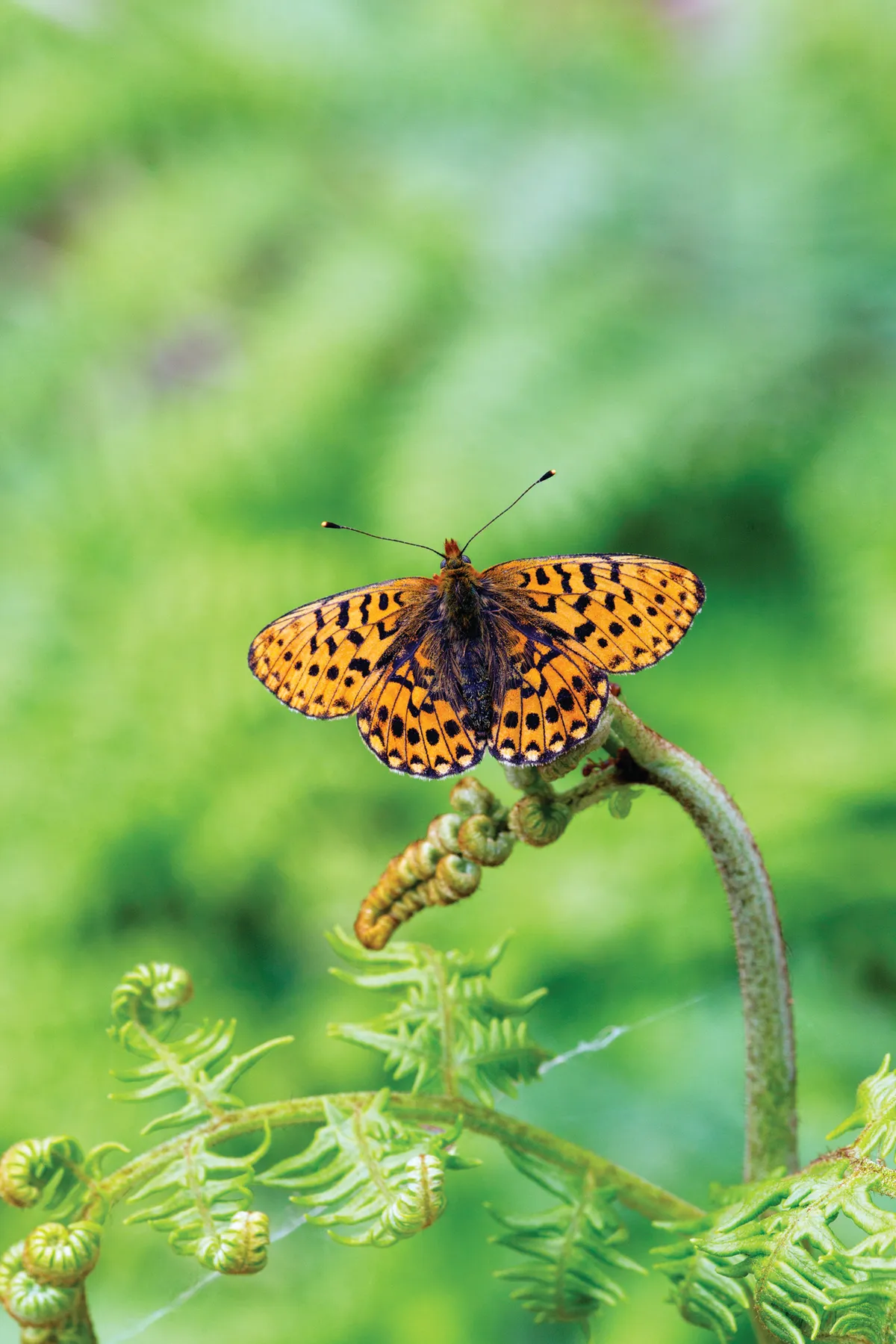
When is the Big Butterfly count in 2023?
The Big Butterfly count began on Friday 14th July and ends on Sunday 6th August 2023.
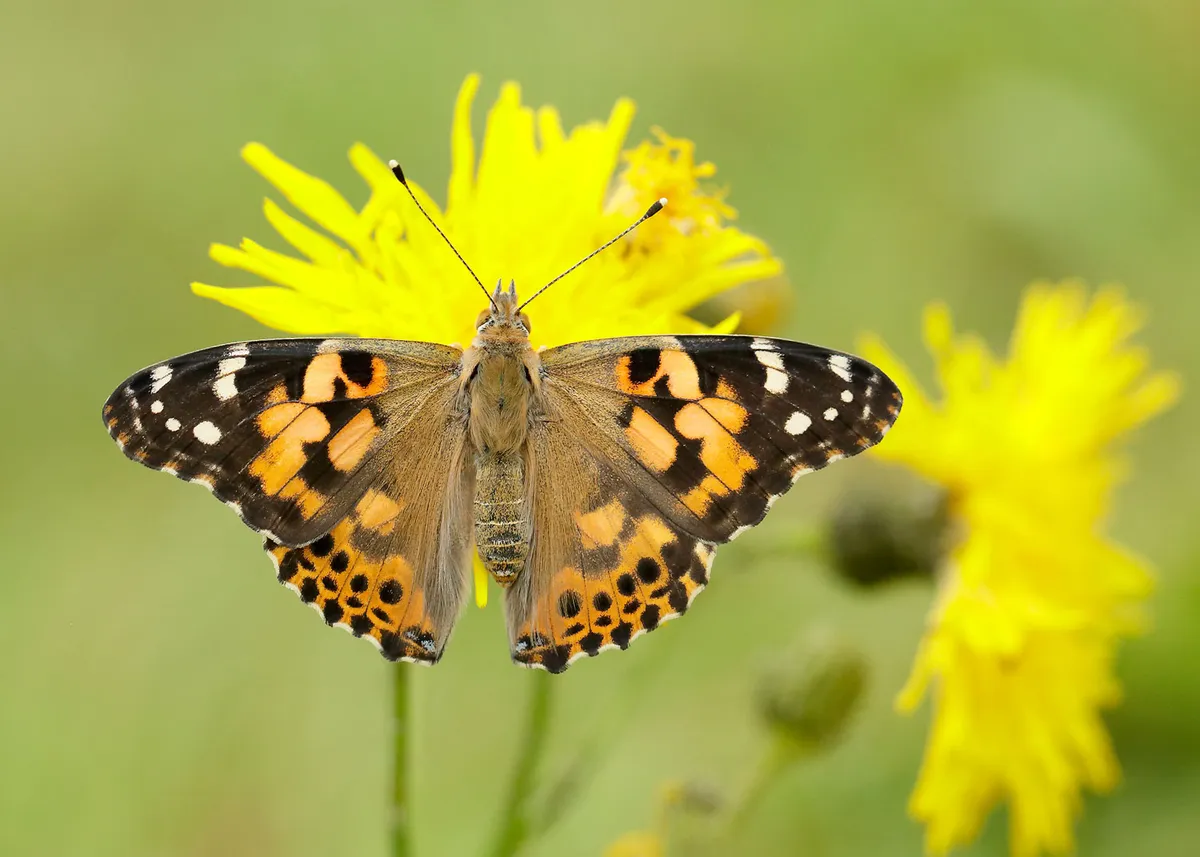
How to take part in the Big Butterfly Count 2023
Taking part in the Count is easy.
- Get ready by downloading an ID chart, or the free Butterfly Conservation app
- Between Friday 14th July and Sunday 6th August, find a sunny spot and spend 15 minutes counting the butterflies you see.
- Submit your sightings online at bigbutterflycount.org or via the free Big Butterfly Count app.
You can even see how well butterflies are doing in your area using Butterfly Conservation's new interactive map:
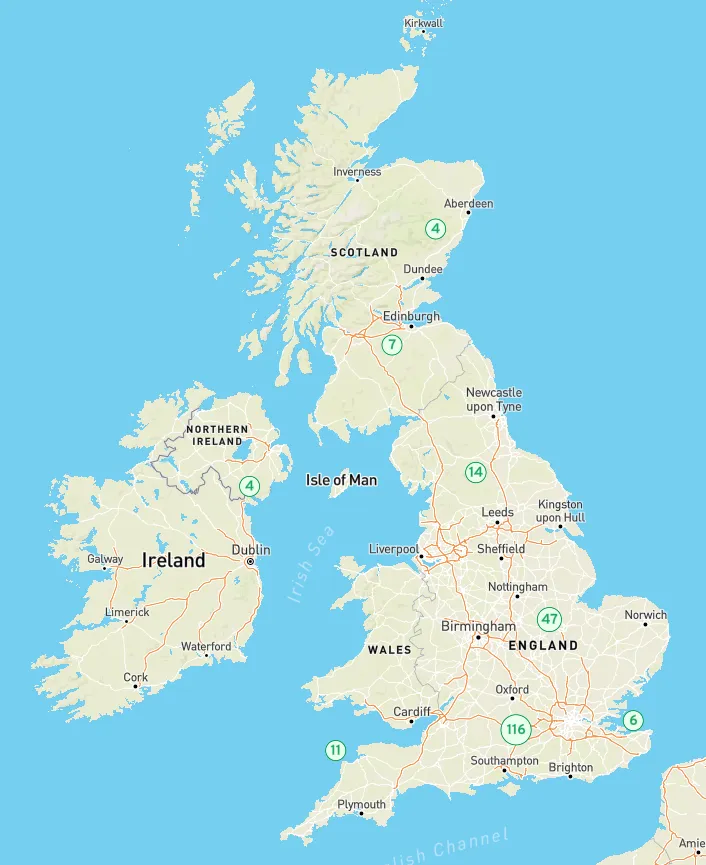
Why is there a Big Butterfly Count?
Butterfly species have suffered a string of poor years, as many common species have declined in numbers. The 2021 count was the worst Big Butterfly Count year on record, with the lowest ever number of butterflies and moths recorded, despite record numbers of entries from the public.
In the last forty years, the UK has witnessed declines in over three-quarters of its butterflies.
“Many of our once-common and widespread species like the large white, small copper and gatekeeper have started to struggle, mirroring the declines of rarer species," said Butterfly Conservation president Sir David Attenborough.
[image id="10581" size="landscape_thumbnail" align="none" title="Sir20David20Attenborough.jpg2028129-0d6812e" alt="Sir David Attenborough launches the Big Butterfly Count, at London Zoo. Wednesday 11 July 2012. UK" classes=""]Sir David Attenborough./Credit: Kerry Staddon
[newsletter_signup title="Bring the countryside to your inbox" /] [oembed source="https://twitter.com/savebutterflies/status/1621403161037504512" ][/oembed]The mental health charity, Mind, is supporting the Butterfly Conservation, as it acknowledges the numerous benefits that nature has on one’s wellbeing.
“At Mind, we have found that being in nature can have a powerful, grounding effect, with research indicating that it can help alleviate mental health problems like depression and anxiety,” said Stephen Buckley, Head of Information at Mind.
Sir David Attenborough has also promoted the importance of butterfly watching for mental health, encouraging the public to take part in The Big Butterfly Count.
“Spending time with nature offers us all precious breathing space away from the stresses and strains of modern life; it enables us to experience joy and wonder, to slow down and to appreciate the wildlife that lives side-by-side with us.”
[image id="10586" size="landscape_thumbnail" align="none" title="Green-veined-White_Iain-H-Leach2C-Butterfly-Conservation-fc5df72" alt="Green-veined-White_Iain-H-Leach2C-Butterfly-Conservation-fc5df72" classes=""] Green-veined White./Credit: Iain H Leach, Butterfly ConservationMore related content:
- Guide to British butterflies: how to identify and the best places to spot
- Best plants for bees and butterflies
- British moth guide: how to identify, why they are important
Five-spot burnet moth./Credit: Rachel Scopeseade
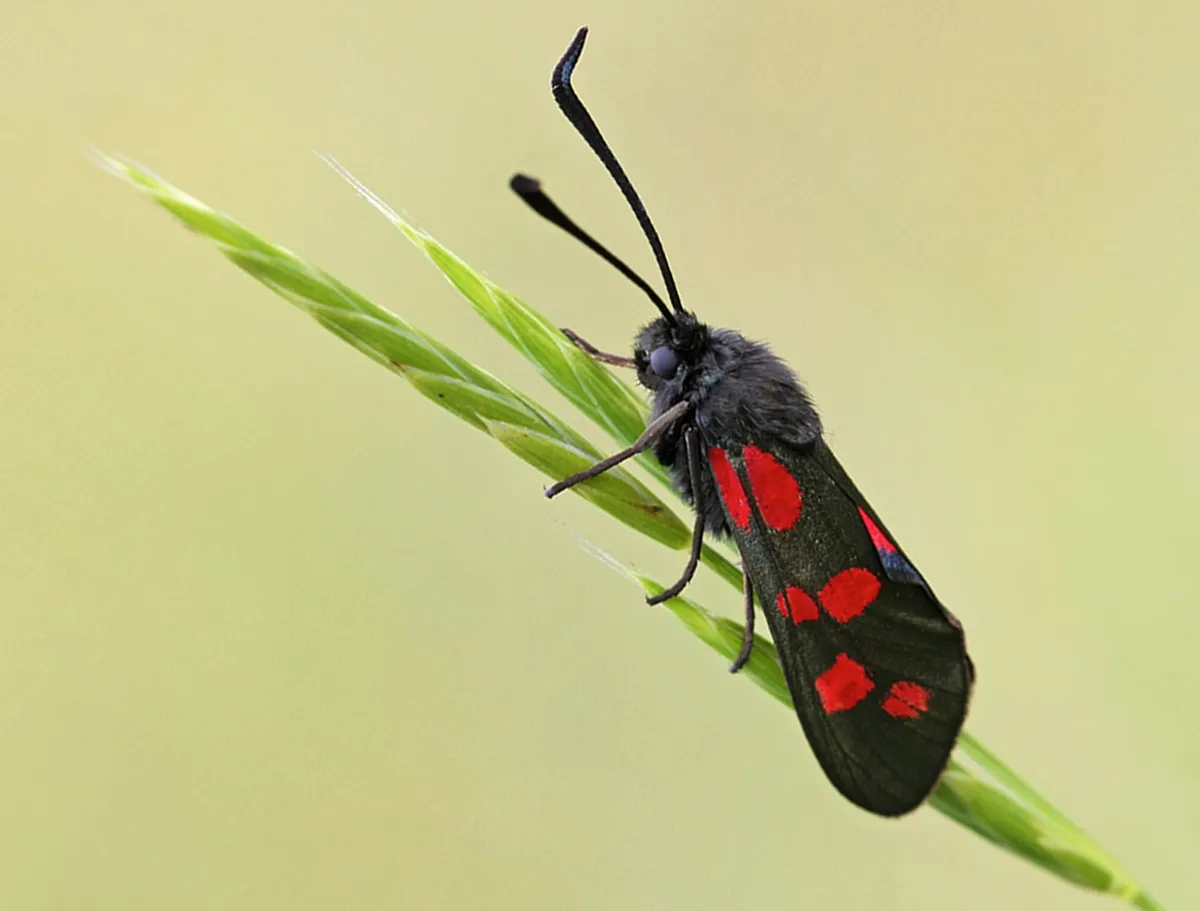
Main image credit: Red Admiral on buddleia flower/Credit: Getty
